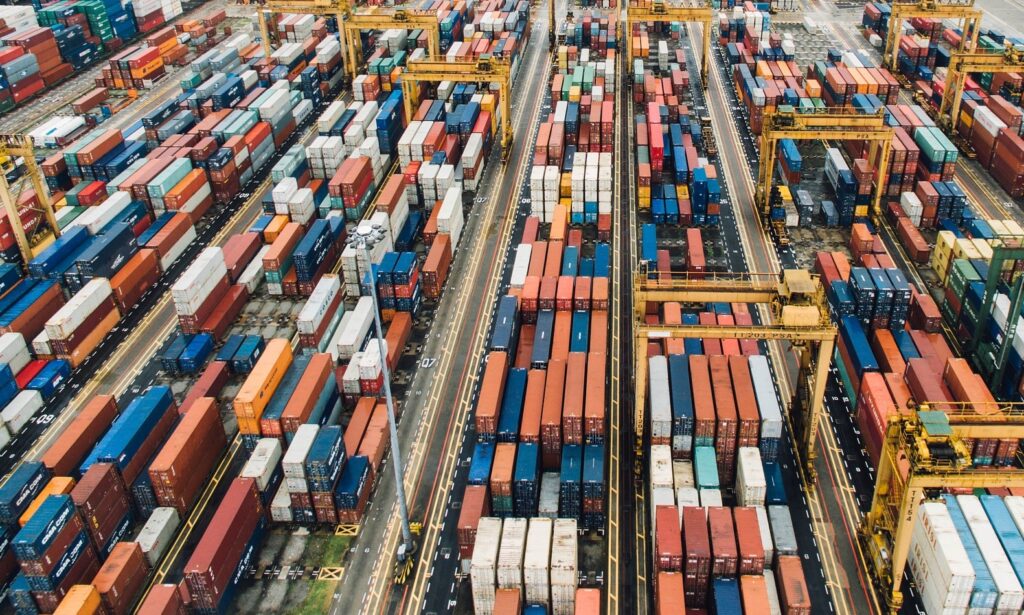China’s Exports Plunge by 8.8% in August, Raising Concerns Over Global Economic Stability

China’s exports dropped by 8.8% in August 2024 compared to the same month last year, marking the fourth consecutive month of decline. This significant contraction has heightened global concerns about the world’s second-largest economy and its impact on international trade. The decline comes amid weakening global demand, ongoing geopolitical tensions, and domestic challenges in China, which have collectively weighed heavily on the country’s economic recovery.
The sharp fall in exports has led economists to reassess their forecasts for China’s economic growth, with fears that the global economy may face ripple effects, particularly in markets reliant on Chinese goods.
Declining Global Demand and Trade Imbalances
China’s export slump is primarily attributed to weakening global demand for goods. As major economies, particularly in Europe and the U.S., grapple with high inflation and rising interest rates, consumers and businesses are cutting back on spending. This has led to reduced orders for Chinese products, particularly in sectors like consumer electronics, textiles, and machinery, which are vital to China’s export-driven economy.
The slowdown in global demand has exacerbated trade imbalances, with China reporting a trade surplus of $67.9 billion in August. While a surplus might seem like a positive indicator, it largely reflects the sharp fall in imports, signaling weaker domestic consumption. This trend further underscores China’s struggle to revive domestic demand, which has remained tepid since the country emerged from its strict pandemic-related lockdowns.
Impact of Geopolitical Tensions
Geopolitical factors have also played a significant role in China’s export decline. Trade tensions with the United States continue to loom large, with both countries imposing tariffs and restrictions on various goods. The U.S. has specifically targeted Chinese technology exports, including semiconductors, in a bid to curtail China’s technological advancements. These restrictions have severely impacted China’s tech exports, leading to a drop in shipments to key markets such as the U.S. and Europe.
In addition to U.S. sanctions, China is facing growing scrutiny from other nations over its human rights practices and aggressive foreign policies. Some countries have adopted a more protectionist stance or shifted supply chains away from China, further reducing demand for Chinese goods. The increasing fragmentation of global trade networks, driven by geopolitical tensions, presents a long-term challenge for China’s export sector.
Domestic Economic Challenges
China’s internal economic issues are compounding the difficulties faced by its export sector. Despite efforts to stimulate domestic consumption, China’s economic recovery remains fragile. A weakening real estate market, combined with high levels of corporate and household debt, has stifled economic growth. Additionally, Chinese consumers have shown reluctance to spend, preferring to save amid economic uncertainty.
The Chinese government has introduced a series of stimulus measures aimed at bolstering domestic demand, including tax cuts, infrastructure investments, and monetary easing. However, these efforts have so far had limited success in reversing the downward trend in consumer spending and investment.
Global Implications and Outlook
China’s export decline has raised alarm bells for the global economy, particularly for countries heavily reliant on Chinese goods. Emerging markets that depend on exports to China, as well as advanced economies with deep trade ties to the country, could face disruptions if the slowdown persists. Economists are closely watching China’s upcoming policy decisions, especially as Beijing may be forced to introduce more aggressive stimulus measures to stabilize the economy.
The persistent weakness in China’s exports also has broader implications for global supply chains, which have already been disrupted by the COVID-19 pandemic and geopolitical conflicts. If China’s export sector fails to rebound, industries such as technology, automotive, and manufacturing may experience delays and shortages in critical components.
In conclusion, China’s 8.8% drop in exports in August reflects broader economic challenges facing the country, including weak global demand, geopolitical tensions, and internal economic struggles. As China navigates these hurdles, the global economy will remain closely tied to its recovery efforts, with potential risks looming for international trade and economic stability.



